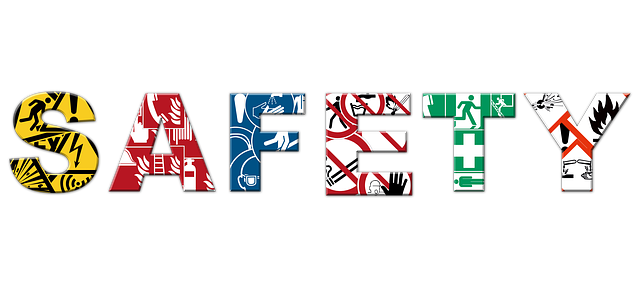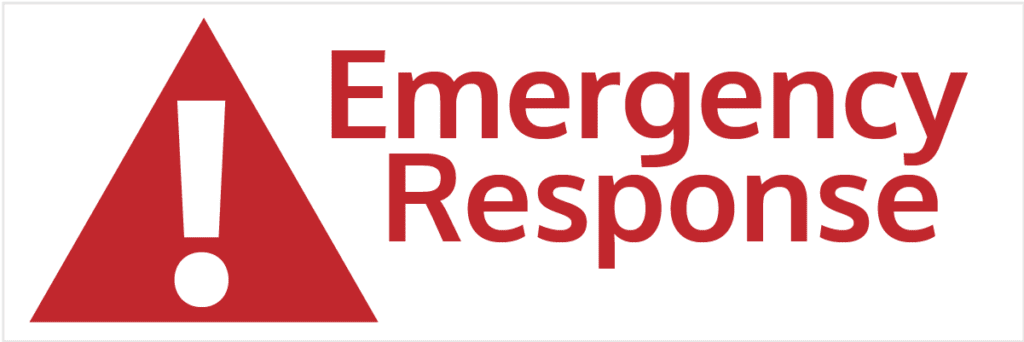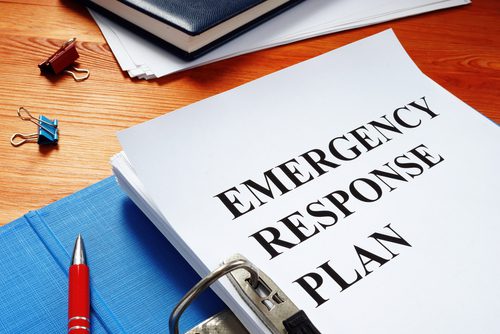

Safety News

2024 already? 2023 flew by.
Let’s pray that this year is better than last year!
Preparing for an Emergency

Emergencies in the workplace cannot be eliminated. But if you have an emergency action plan in place and workers have been trained to respond quickly and appropriately, you can optimize efficiency, relieve anxiety, and in some cases, save lives.
As with most safety-related issues, the first step toward emergency preparedness is identifying the most obvious risks in your work area.
Saving lives is the ultimate goal of an emergency evacuation plan. To evacuate safely, you need to know your escape routes well in advance, how to exit the building quickly and safely, and how to call for emergency help.

Emergency evacuations can be started in response to a fire, a chemical release, a natural disaster, a violent incident, or any other life-threatening disaster. When an emergency occurs in the workplace, you can’t afford to rely on guesswork. It will then be too late to try to find the information you need.
You should also be familiar with the various alarm sounds and lights in your workplace. Alarm systems typically have different signals for fire and intruder emergencies. There may also be specific alarms related to hazardous equipment, chemicals, gases, and other hazards.
Fire and smoke, for example, can spread more quickly than most people realize. In some cases, fire can sweep through a building faster than a person can run. Burning chemicals or plastics can give off invisible toxic fumes that can drop a person with little or no warning. Even ordinary visible black smoke can choke escape routes – and people. Surviving an emergency means that despite the alarms, the smoke, and the confusion, everyone knows exactly what to do.
Evacuation Procedures:
-
As soon as you hear the alarm, drop whatever you are doing and leave the building.
-
Remain calm.
-
Shut down all hazardous operations.
-
Leave the area in an orderly fashion. Close doors, but do not lock.
-
Assist disabled persons.
-
Move quickly, but don’t run.
-
Follow instructions.
-
Follow established routes to exit the building. If one route is blocked by fire or smoke, use a backup route.
-
Use stairways. Never use elevators. The power may be cut off and the elevator could become a fatal trap.
-
Test doors before opening them. If a door feels hot, use an alternate escape route.
-
Stay close to the ground if there’s heavy smoke. Smoke inhalation can kill you. The air is usually less smoky along the floor.
-
If you’re the last one out, close all doors behind you to limit the spread of smoke or flames.
-
Move away from the structure. Go directly to the assembly area (map provided with plan). Report to the Evacuation Coordinator for a “head count”.
-
Do not block the street or driveway.
- Stay at the assembly area until instructed otherwise.
Remember – even if spills or fires are unlikely in your immediate area, these and other types of emergency situations can arise. If you have any questions or concerns about hazards in your area, let your supervisor know. Beyond that, you need to know how to prevent these risks from becoming accidents and know how to respond if prevention fails.
Make safety a reality and don’t be a fatality!!


